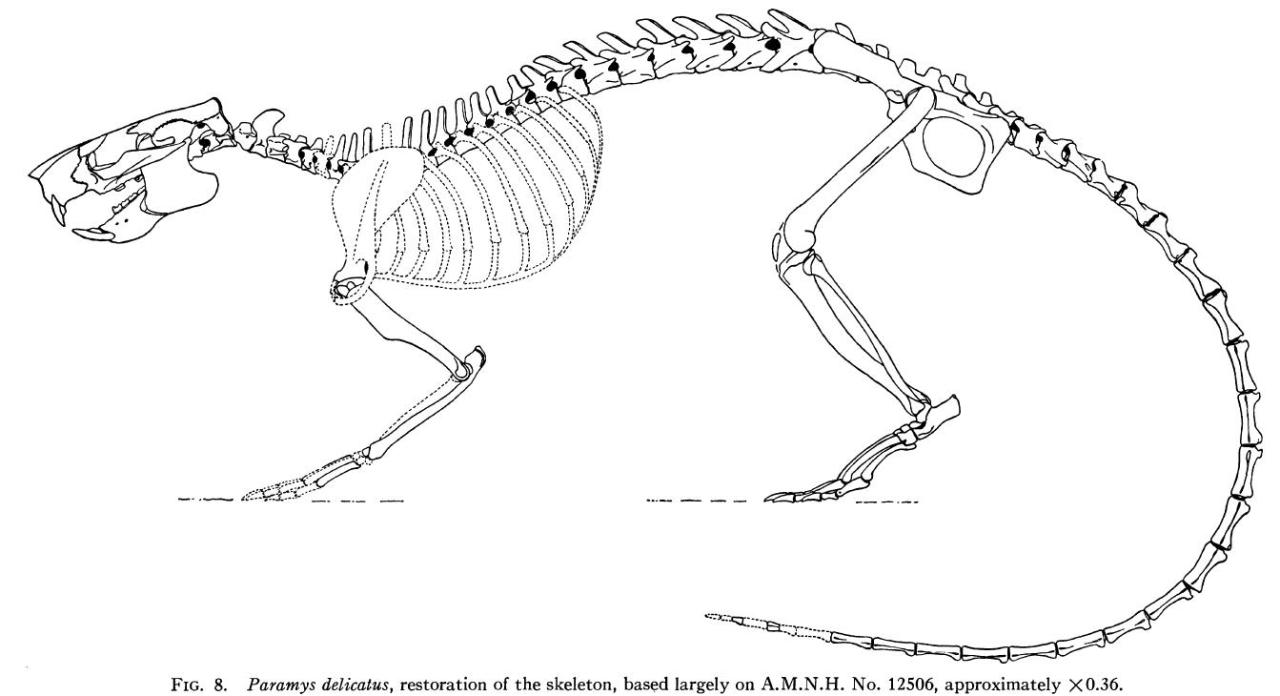With the bones that we found we identified the animal as a rat. Our first source of evidence was the fur in the pellet which meant that the animal could not have been a bird. The shape of the front teeth, which were long,that were found on the skull also gave us clues that it was a rat. We used more identifiers from the packet given to us and saw even more evidence that the animal was a rat because of the shape and size of the skull, which was 3.0 cm long and 2.1 cm wide, as well as the more rounded shape of the molars. The skull was elongated and fit the size description. With all of these details and using process of elimination, we concluded that the animal was a rat.
The skeleton that we constructed had a few similarities to a human skeleton as you can see from the picture at the bottom. The skull like the human skull consisted of different plates and had the same basic features. There is also a similarity in the spine where the vertebrates are very similar in shape and make the spine in a similar way as the human spine with multiple vertebrate connecting to each other. There are also similarities between the rat's paws and the human's feet and hands. They have the same basic structure of the carpals, metacarpals, and carpals.
There are differences as well. The limbs of the rat have different proportions with the humerus being longer than the radius and the femur being longer than the tibia while the reverse is true in humans. The rat skeleton has a longer chain of vertebrate because of the tail while human vertebrates do not continue past the pelvis. A final difference is that even though the skull of the rat has the same basic features it is more elongated shape with the eye sockets being larger compared the eye sockets of the human skull.



No comments:
Post a Comment